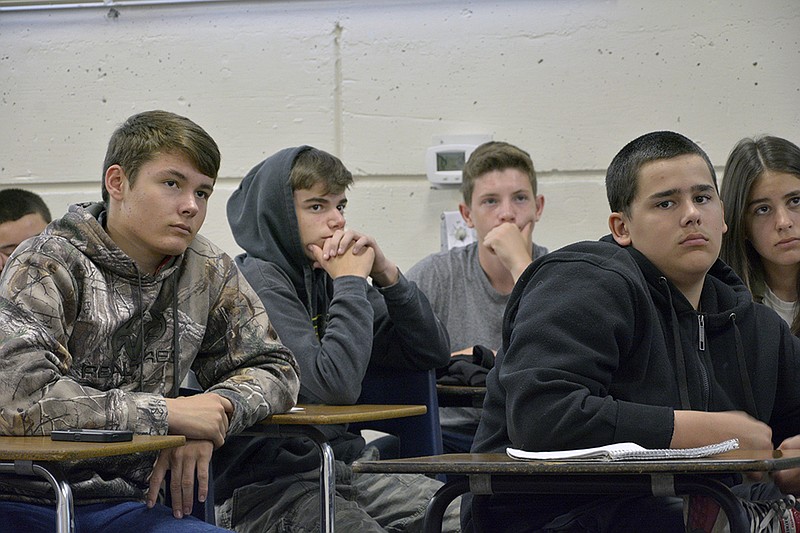OAKDALE, Calif.-Oakdale teen Amanda Clark's phone conversation came to an abrupt end when her Chevrolet Trailblazer rolled three times before landing on its roof. She'd run a stop sign and was broadsided by another driver. Metal caved in around her but the roof stayed intact and she survived with just scrapes and bruises.
She wrote extensively about the experience for her senior project at Oakdale High School in 2006.
"I hate the thought of dying without my family knowing how I felt about them," she wrote. "I believe everything happens for a reason and the reason for my car accident is to let me know that I need to slow down and pay more attention. I know that I need to change the way I have been living my life. My phone and talking to my friends put me in danger. I realize how easy it is for my life to be over because I wasn't paying attention."
So when she got back in her car after the accident, she pledged to put her phone away.
"I thought this would be a wake up call for her," said Clark's mother Bonnye Spray. "And it was for a short time she wouldn't talk on the phone, she was more cautious. But she got more confident in her driving and a sense of 'Hey, I survived one, I'm invincible, nothing is going to happen to me now.'"
One year later, almost to the day, Clark was driving in Manteca, Calif. She'd been on the phone arguing with her roommate. When she took the Highway 120 bypass to Interstate 5, she lost control of her car and crashed. Cellphone records show she was texting.
First responders told Spray it took them 40 minutes to free Clark from her crumpled car, but by that point she hadn't been breathing for 20 minutes. She died the next day.
Nine years later, Spray still cries when she tells her daughter's story. It's trying, but she tells it nearly every week because she wants others to learn from it.
She's told it to an audience of 800 and she's told it to individuals, like the waitress in Inglewood, Calif., who asked her and her husband why they were visiting. They were there for another presentation.
On Friday, Spray told Clark's story to a health class at Downey High School.
April is National Distracted Driving Awareness Month. But presentations like the one at Downey are conducted throughout the county year-round.
About 150 presentations reaching more than 5,000 students will be done this year as part of a program called Impact Teen Drivers, a collaboration between first responders, educators, health professionals and traffic safety advocates.
Spray was joined in the presentation by Impact Teen Drivers representative David Aaronson, Doctors Medical Center trauma nurse Rena Lepard and California Highway Patrol Officer Eric Parsons.
They talked about how the likelihood of crashing increases with each distraction: You are three times more likely to crash with three passengers in the car, 12 times more likely when you reach for your phone to check a text message and 16 times more likely when you respond to the text.
Parsons said Impact Teen Drivers started in 2010, a few years after hands-free driving laws were passed.
"That's when we started seeing the ramifications of distracted driving," he said. "With the laws changing, we changed the way we coded traffic collision," tracking distracted driving as a contribution factor.
Nationwide, 3,154 people were killed and about 424,000 more were injured in motor vehicle crashes involving distracted drivers in 2013, according to the National Highway Traffic Safety Administration.
That same year, 10 percent of all teen drivers involved in fatal crashes were reported as distracted at the time of the crash.
Teens are among the drivers most likely to be distracted, according to the Administration, and car crashes are the No 1 killer of teens.
A driver's education teacher first asked Spray to talk about what happened to Amanda just a few months after the crash.
She'd never done any public speaking, so "I just wrote down the basics of what had happened. I had to read it and bawled my eyes out the entire time," Spray said. Afterward "I noticed the kids were quiet, a lot of kids were wiping tears away and I realized this does have an impact."

